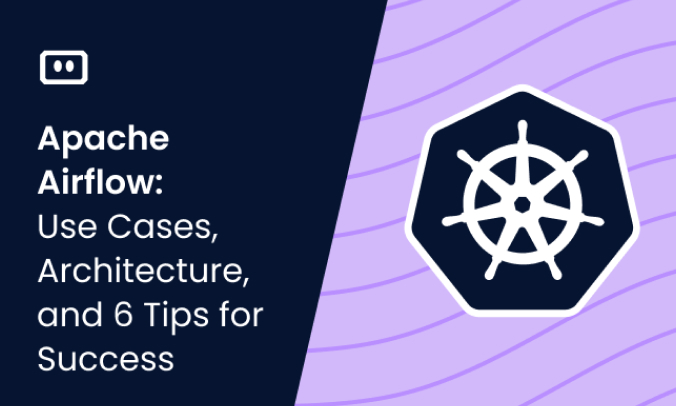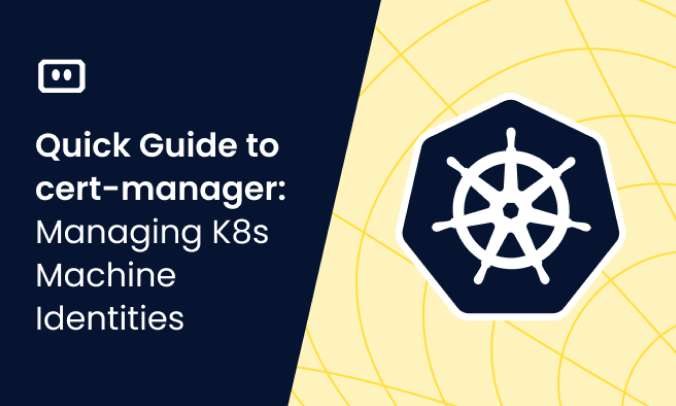What Is Container Orchestration?
Container orchestration is a process that automates container deployment, management, networking, and scaling. A container orchestration solution can benefit businesses that deploy and maintain large numbers of hosts and containers, whether on-premises or in the cloud.
Container orchestration is useful for all environments that use containers, but is especially useful for microservices applications. Containerization enables seamless deployment of applications with dozens or hundreds of services and thousands of service instances. It can dramatically simplify service orchestration, including networking, storage, and security.
Containers and microservices have become a fundamental part of the cloud-native application development approach. DevOps teams that integrate container orchestration into their CI/CD workflows can build cloud-native applications that are inherently flexible, scalable, and resilient.
This is part of our series of articles about Kubernetes troubleshooting.
The Need for Container Orchestrators
Anyone who has attempted to scale container deployments manually to ensure application consistency and efficiency knows how impractical this is. Automation simplifies container scaling and management processes, including resource allocation and load balancing.
If multiple applications run on the same server, the admin will struggle to deploy, scale, and secure them all, especially if they use different programming languages. Scaling hundreds of deployments and moving them between servers and cloud providers is a massive administrative burden.
Another challenge is understanding the container ecosystem well enough to control it—for example, finding over- or underutilized hosts, implementing updates and rollbacks across all environments, and enforcing security policies everywhere.
An automated solution performs repeatable tasks without manual intervention, making them more efficient. Container orchestration executes workflows controlling multiple automated processes.
A containerization platform can package applications and dependencies in flexible, portable containers. For example, Docker offers several popular CLIs to pull images from Docker Hub (or another registry), build containers from images, and start and stop containers.
These commands are sufficient to manage small clusters, but they cannot automate the entire lifecycle of a complex deployment across multiple hosts. Container orchestration platforms allow administrators to declare the actions they want rather than coding everything. They can scale infrastructure and applications easily, enforce security controls, monitor container health, load balance containers across hosts, allocate resources, and manage container lifecycles.
4 Key Container Orchestration Challenges
Here are some of the main challenges associated with container orchestration.
1. Securing Container Images
Containers comprise reusable images. Instead of creating new images from scratch, you can reuse only some components. However, the code or images you use, alongside their dependencies, may have security vulnerabilities. One way to mitigate this risk is to implement stringent checks to identify security vulnerabilities. Administrators should incorporate security mechanisms into the CI/CD pipeline, code vulnerability scans across all stages of the pipeline.
2. Choosing a Container Technology
With more organizations adopting containers, the market for container tools has grown. Despite the hype around Docker, it isn’t the only, or even the best, container platform. Admins and managers often struggle to decide which container platform suits their company’s needs.
The container technology should be compatible with the organization’s underlying operating system and data center requirements. A range of container engines are available for both Linux and Windows hosts, some with more extensive developer tooling (like Docker), and some with only lightweight functionality to automate container workflows (like containerd).
3. Determining Responsibility for Containers
Another challenge is determining container ownership (i.e., who oversees container orchestration). Operations teams typically manage deployed containers after the developers write and deploy the code to containers—DevOps bridges between these teams, helping to fill gaps in container ownership.
4. Security Concerns
Security is a major concern for container orchestration. The container ecosystem is usually far more complex than any other infrastructure. Developers must be aware of security needs, ensuring that all the technology stack components are secure at runtime.
Containers pose several security risks to cloud environments:
- Unlike virtual machines (VMs), containers run on a shared host operating system. If administrators do not properly configure and maintain settings, security misconfigurations can expose the host and container to threats.
- Automated container orchestration has advantages but adds complexity when the attack surface increases.
A container orchestration platform typically does not secure containers by default. However, it has security configurations that, when properly defined, can improve security for containerized workloads. Organizations should harden container orchestrators using industry benchmarks such as the CIS Kubernetes Benchmark.
Container Orchestration: Avoiding Errors and Misconfigurations
Here are some important practices for container orchestration to help avoid misconfiguration and other issues.
Configuring Clusters
The first step is to ensure each Kubernetes cluster has a secure configuration, including the baseline Kubernetes version and any APIs or add-ons. It is important to stay updated about the latest releases and apply patches immediately. Updates can be time-consuming but help address newly announced vulnerabilities. There should be a process for updating Kubernetes.
Embedded management features like role-based access control (RBAC) and network policies help prevent unauthorized users from accessing workload, APIs, and other resources. These mechanisms provide easy access to engineers while blocking attacks.
Managing Container Vulnerabilities
Container image vulnerabilities are widespread, affecting many organizations that use outdated images. New images might not have known vulnerabilities, but it’s still important to look out for new CVEs. For instance, teams often scan images as part of the CI/CD pipeline but fail to keep scanning for vulnerabilities in production, exposing the cluster.
Teams must continuously scan all container images with periodic, scheduled jobs or external scanning tools.
Securing Deployment Configurations
Deployment configurations are a major source of errors because they occupy the gap between the Dev team and the Ops team’s responsibilities (i.e., the container vs. the cluster). Lack of collaboration and communication results in serious security oversights. Teams need to align their goals and close gaps that can result in misconfiguration.
While Dev teams prioritize application functions, they often fail to provide readiness and liveness probes. These fields appear “optional” in Kubernetes, so no team takes responsibility for a cluster breach. Ops teams usually push for tighter deployment configurations because they prioritize resources and scalability.
A third-party tool can validate configurations and communicate the need for secure deployment configurations, encouraging teams to use the latest best practices—although difficult, correctly configuring deployments is critical for preventing issues down the line.
Encouraging Collaboration
Intelligent cross-team collaboration is essential for successful container-based development projects. This solution is human, not technological. Although the cultural divide between Dev and Ops teams will likely persist, leaders can encourage communication and collaboration:
- Establishing trust—the Dev and Ops teams must work as partners toward a shared goal, not pursue separate missions. They must value each other.
- Facilitating communication—teams must regularly interact and share ideas and resources easily. Communication lines are essential for allowing feedback and collaboration.
- Standardizing tools and processes—shared systems and workflows help ensure accurate communication and understanding across teams.
Kubernetes Troubleshooting with Komodor
The troubleshooting process in Kubernetes is complex and, without the right tools, can be stressful, ineffective and time-consuming. Some best practices can help minimize the chances of things breaking down, but eventually something will go wrong – simply because it can.
This is the reason why we created Komodor, a tool that helps dev and ops teams stop wasting their precious time looking for needles in (hay)stacks every time things go wrong.
Acting as a single source of truth (SSOT) for all of your k8s troubleshooting needs, Komodor offers:
- Change intelligence: Every issue is a result of a change. Within seconds we can help you understand exactly who did what and when.
- In-depth visibility: A complete activity timeline, showing all code and config changes, deployments, alerts, code diffs, pod logs and etc. All within one pane of glass with easy drill-down options.
- Insights into service dependencies: An easy way to understand cross-service changes and visualize their ripple effects across your entire system.
- Seamless notifications: Direct integration with your existing communication channels (e.g., Slack) so you’ll have all the information you need, when you need it.
If you are interested in checking out Komodor, use this link to sign up for a Free Trial.


